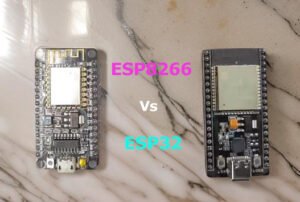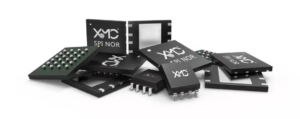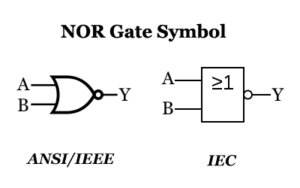PCB Case Studies
Focus on the reverse development of various electronic products and equipment prototypes.
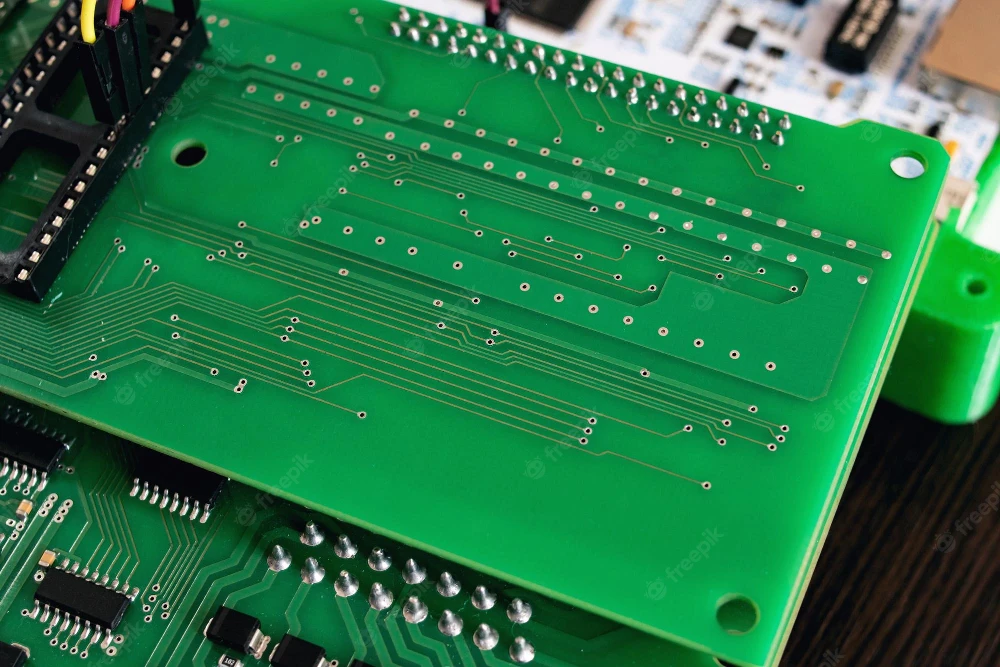
PCB Stackup Design: Beginner’s Guide
New to stackups? Learn layer configuration, dielectric materials, and impedance control. Tips for multi-layer PCBs and signal integrity. Step-by-step inside!
Semiconductor Reverse Engineering: A Simple Guide
If you want to make your own products, integrate new features into old devices, or just understand how something works on a more fundamental level, then you’ll want to learn
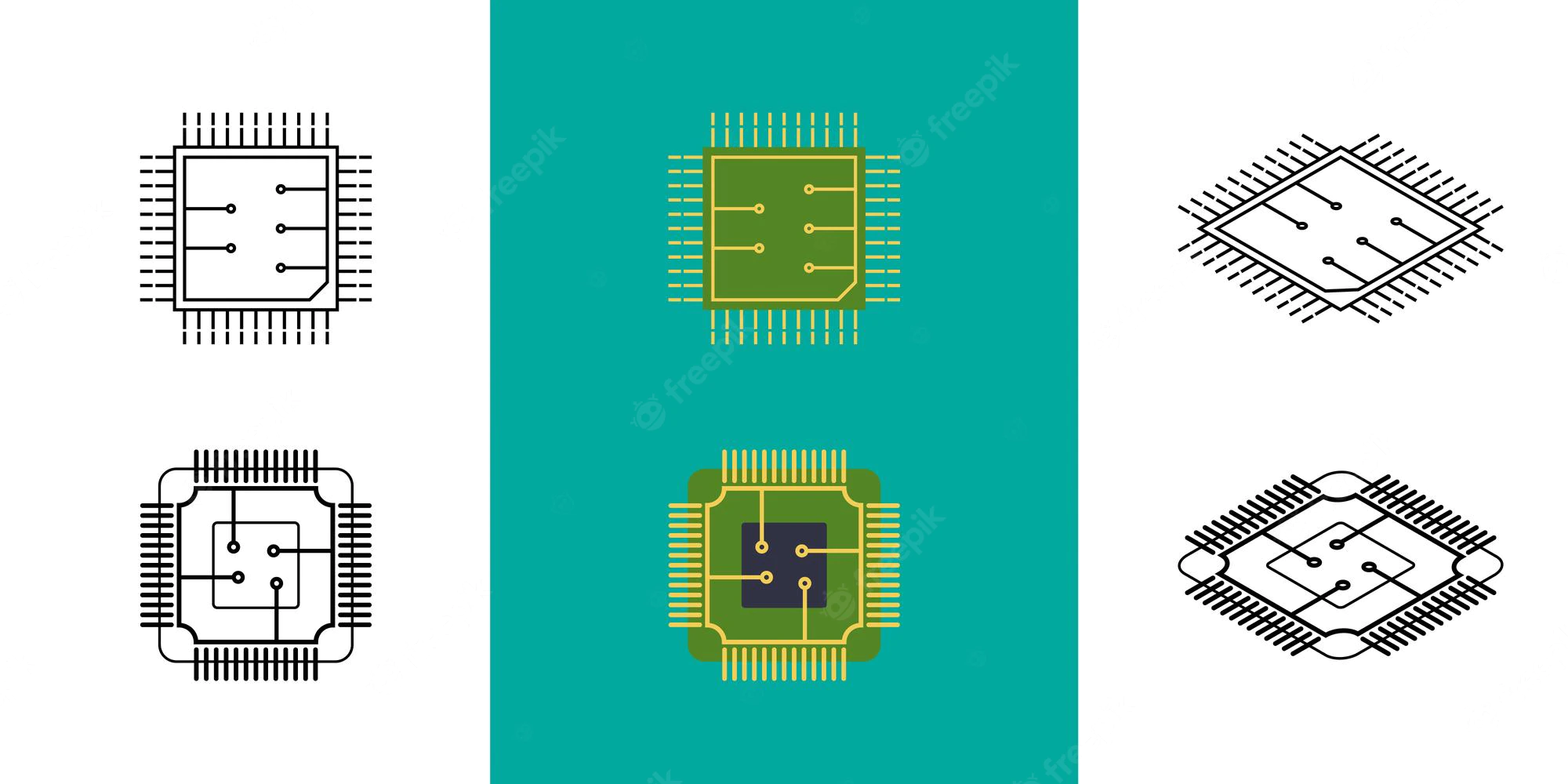
What Is a Pinout? Basics for PCB Design
New to pinouts? Learn how to read component pin configurations, avoid connection errors, and map signals to PCBs. Essential for beginners and engineers. Start here!
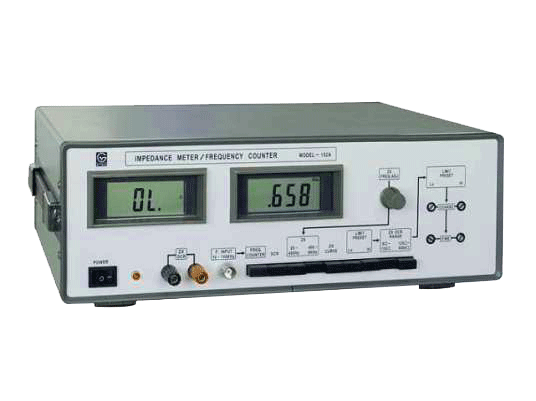
What’s the Best PCB Reverse Engineering Tools?
PCB reverse engineering is an important but somewhat arduous process that involves taking measurements of a circuit board and then recreating it in another software. It’s not easy, especially since

IC Unlock or Decrypt: What is, and How to do?
What is IC Unlock? IC unlock is aslo called IC decrypt, IC attack or IC crack. An IC (integrated circuit) is usually encrypted when it was being finished manufactured. An

What is Dallas DS2431 Chips?
About DS2431 Chips The DS2431 is a 1-Wire® EEPROM device that is made up of four memory sections, each one having 256 bits. A scratchpad of eight bytes is used

Reverse Engineering Electronics: The Basics
Anyone who has ever worked in an electronics or manufacturing facility knows how challenging it can be to understand the schematics and blueprints of new devices. Engineers have to reverse
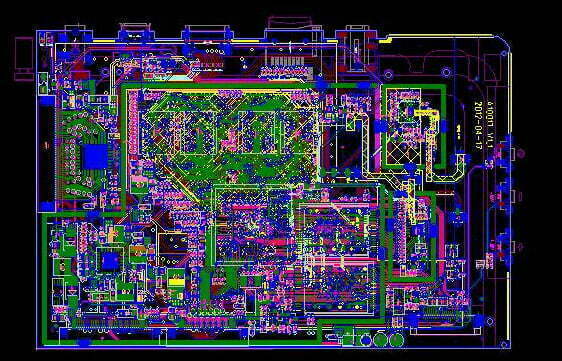
6 Layer PCB Manufacturing Process: The Complete Guide For PCB Designers and Manufacturers
What is 6-Layer PCB Manufacturing? 6-layer PCB manufacturing is the mass-production of PCBs with a minimum of six layers. In a 6-layer PCB, the top and bottom layers are usually


